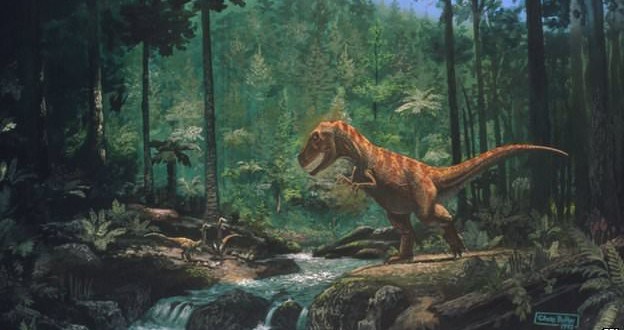A new study suggests dinosaurs were at their most vulnerable stage before the fatal asteroid impact struck earth roughly 66 million years ago.
An international team of paleontologists led by the University of Edinburgh studied an updated catalogue of dinosaur fossils, mostly from North America, to create a picture of how dinosaurs changed over the few million years before the asteroid hit.
Their study, published in the American journal Biological Reviews, found that in the few million years before a 10km-wide asteroid struck what is now Mexico, Earth was experiencing environmental upheaval. This included extensive volcanic activity, changing sea levels and varying temperatures.
Because of changes in the climate and environment, the dinosaurs’ food chain was weakened by a lack of diversity among the large plant-eating dinosaurs on which others preyed. This created a “perfect storm” in which dinosaurs were vulnerable and unlikely to survive the aftermath of the asteroid strike.
Researchers suggest that if the asteroid had struck a few million years earlier, when the range of dinosaur species was more diverse and food chains were more robust, or later, when new species had time to evolve, then they very likely would have survived.
“The dinosaurs were victims of colossal bad luck.” Dr Steve Brusatte from Edinburgh University, who led the study, said that: “Not only did a giant asteroid strike, but it happened at the worst possible time, when their ecosystems were vulnerable.”
Agencies/Canadajournal
 Canada Journal – News of the World Articles and videos to bring you the biggest Canadian news stories from across the country every day
Canada Journal – News of the World Articles and videos to bring you the biggest Canadian news stories from across the country every day



